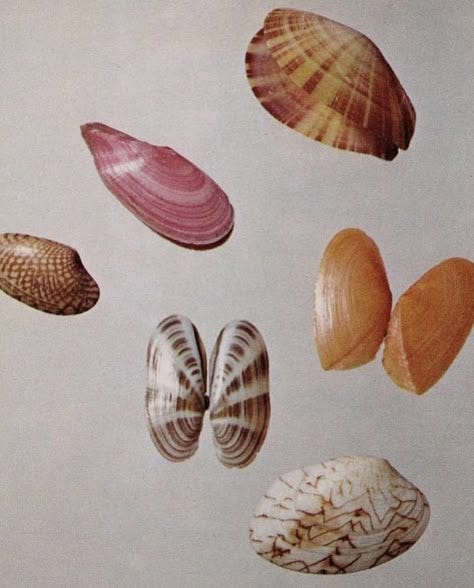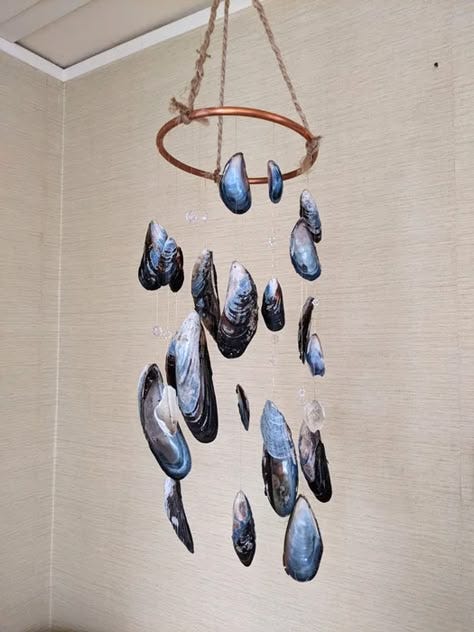

Natural Beauty_SHELLFISH
I spent most of February researching fish, including shellfish, which holds such an important place culturally in both the Philippines and New Zealand. Whereas in the Philippines, shrimp and crab are the first shellfish that come to mind, in New Zealand, it’s mussels and abalone. The ocean determines the offerings and that includes so many factors. Some of those factors are natural, like the distance from the equator, and others are political, including environmental regulations.
New Zealand’s pristine coastal waters, rock and sandy shores have hosted over 3,660 species of shellfish. One of the most highly prized of all of those shellfish are mussels. New Zealand mussels are world-renown for their size and taste. Typically characterized by the shell, the most famous New Zealand mussel is green-lipped and called kuku by the Māori. There’s also the blue mussel which is found on rocky shores, but forms extensive beds only in the southern parts of the country.
In Western culture, abalone (paua) are often valued more for their actual shell than the meat, which in many Asian and Pacific indigenous cultures are highly prized for its flavor and texture.
The top of the abalone shell is a host for algae and barnacles and resembles a hard rough surface. One will also find a curved row of pores where the shellfish breathes and excretes waste. Years of a colored algae diet created the inside of the paua shell, which is a brilliant iridescent greenish blue with flashes of silver and pink.
I love the idea of gathering shellfish sometimes just for the beauty of their shells which don’t have to go to waste after enjoying the meat.
(Here is a link to the blue mussel hanging mobile pictured above).
Cooking_MUSSELS
TOROI (Mussels and Puha)
Puha is a green vegetable native to New Zealand described to be a sow thistle. Those who don’t have access to puha will use watercress.
I’ve revisited this sweet brother and sister cooking video a couple of times for the making of toroi. It’s such a simple dish but I love the idea that they are using a local plant and shellfish to make something their family has been eating for generations. The dish is also powerful as it naturally provides an abundance of nutrients.
Instructions:
In a large pot bring 5 cups of water and 1/4 cup of salt to a boil.
Add 1 1/2 pounds of mussels and let them simmer for minute.
Remove the mussels from the pot and move onto a chopping board. Take the meat from the shell. Chop the mussels in half and set aside.
Strain the water and add it to the cleaned out pot.
Throw the puha into the pot with the strained water.
Chop the mussels and add it to the pot of puha.
You can add 2 chilis chopped and 4 cloves of garlic for additional flavor.
Many recipes for toroi recommend preparing sterilized preserving jars to store this recipe, as mussels need to be eaten quickly if not preserved appropriately.
Indigenous Knowledge_ABALONE
I had some limited interactions with Māori woodcraft as a child, when I would see some of the carvings from my father’s collections. Whenever it was a facial representation, the eyes were a different material, something paler and shinier than the wood and it would make the piece feel so much more monumental. It wasn’t until I connected the dots during a trip to New Zealand (now 10 years ago) that I learned that the eyes were made of abalone shell.
The Māori have been incredibly resourceful with the interior of the abalone shell, using it not just in their most beautiful fish hooks, but also as eyes in their carvings. The shell interior has been found in the fashioning of jewelry and as reflective eyes for the carved wooden and jade figures representing chiefs and ancestors.
During our trip to New Zealand, I was able to see a lot of these carvings in person, some in large scale, showing the depth of the iridescent interiors. The colors of the abalones’ algae diet does in fact produce the most unique shades of greenish blue and silverfish pink.
It’s the strong Māori connection to their land and their ancestors that give abalone such cultural significance.





